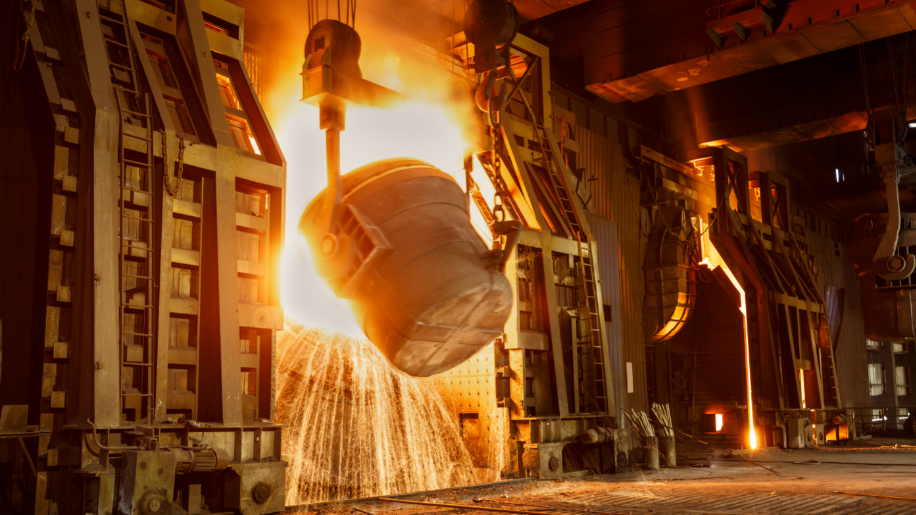
(The opinions expressed here are those of the author, Clyde Russell, a columnist for Reuters.)
The hottest major commodity of 2020 is getting even hotter, with iron ore boosted by news that one of the world’s biggest producers will not meet its output targets this year.
Brazil’s Vale said on Wednesday that it would produce 300 million to 305 million tonnes of iron ore this year, down from a prior forecast of at least 310 million.
Vale also said it expected 2021 output in a range between 315 million to 335 million tonnes, below what analysts had been expecting.
The news that Brazil’s exports are likely to remain constrained is likely to keep a bid tone for iron ore prices
The mining giant is likely to lose its position as the world’s biggest producer of iron ore this year to Anglo-Australian rival Rio Tinto, which pegged its expected 2020 shipments at 324 million to 334 million tonnes in an update published in October.
The disappointing output numbers from Vale are likely to add further fuel to iron ore’s blistering rally in recent weeks as they once again raise a question: will supply be sufficient to meet demand from China, the world’s biggest importer of the steelmaking ingredient?
The news from Vale came after Asian markets closed, but even without this bullish stimulus, prices were already scorching higher.
Iron ore futures on the Dalian Commodity Exchange, the main vehicle for Chinese domestic traders, climbed as much as 2.8% to 928 yuan ($141.45) a tonne during Wednesday’s session, a record high and the seventh straight daily increase.
The gains were extended shortly after the opening bell on Thursday, with the contract gaining as much as 1% in the opening minutes.
Spot iron ore for delivery to north China, as assessed by commodity price reporting agency Argus, rose to $137 a tonne on Wednesday, the most since September 2013.
The regional benchmark for 62% iron ore has now rallied 50% since the end of 2019. It has also surged 72% from its March 23 low for the year of $79.60 a tonne, a depth plumbed during the tightest of China’s lockdowns as part of Beijing’s efforts to control the novel coronavirus outbreak.
The rally has been driven by a combination of massive Chinese stimulus spending to promote economic recovery from the pandemic, and by reduced output in Brazil and South Africa, the two biggest exporters behind Australia.
While Australia was able to maintain production and exports through the pandemic, the loss from Brazil was enough to tighten supply and prompt traders to scramble to find cargoes to send to China, which buys about two-thirds of global seaborne cargoes.
The news that Brazil’s exports are likely to remain constrained, or at least show little growth next year, is likely to keep a bid tone for iron ore prices.
Adding to potential supply tightness is mounting concern among India’s steelmakers over high iron ore prices, and calls by them for the government to stop exports from the South Asian nation.
India isn’t a major iron ore exporter and only enters the market when prices are elevated, given the relatively high cost of mining and transporting iron ore.
However, Refinitiv shipping data shows that India shipped some 15.4 million tonnes of iron ore in the first 11 months of this year, up from 9.07 million in the same period last year.
If Indian iron ore exports are limited by the government, even the loss of a few million tonnes will serve to further tighten the market and add to pressure on prices.
What could cool the market is any sign that China’s vast steel sector is slowing output, which it would only likely do if the stimulus spending and manufacturing recovery in the world’s second-largest economy started to fade somewhat.
Profit margins at Chinese steel mills are likely coming under pressure from rising iron ore prices.
Earnings are also under pressure from the jump in prices for non-Australian coking coal. These have been boosted by Beijing’s ongoing dispute with Canberra, seen an effective ban on imports from the top coking coal exporter that has led to a sharp increase in the prices of supplies from alternative producers like the United States and Canada.
But as long as steel demand remains robust, it’s likely that China’s mills will continue at high utilisation rates, providing a solid demand backdrop for iron ore demand.
(Editing by Kenneth Maxwell)
Comments